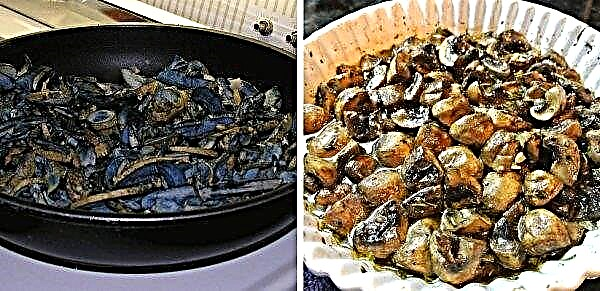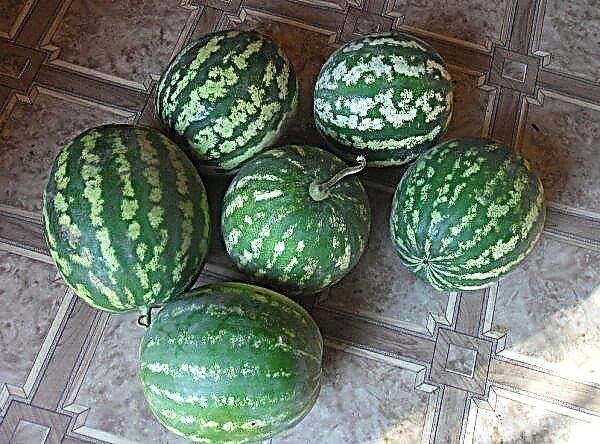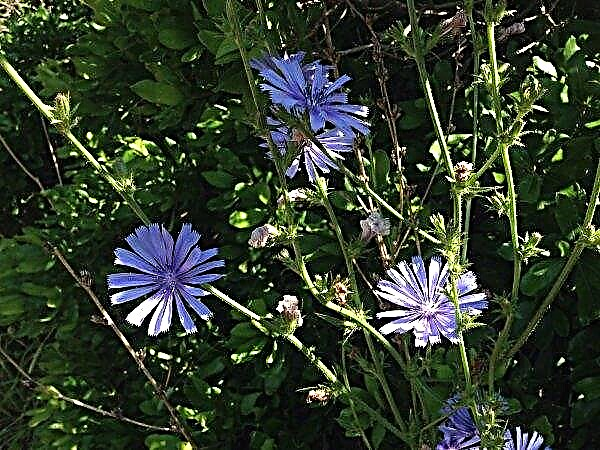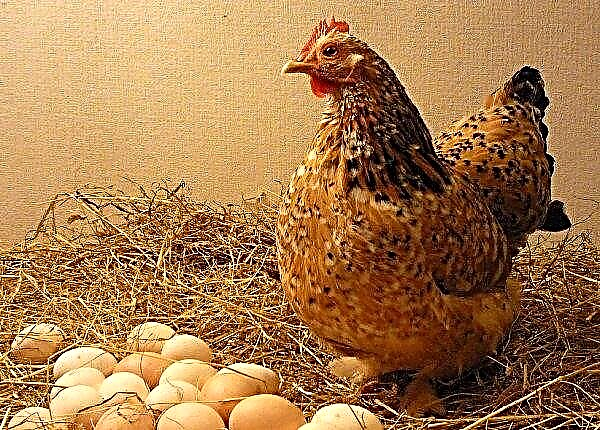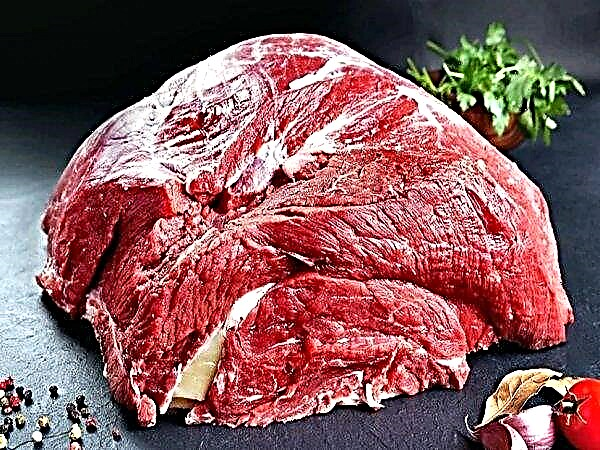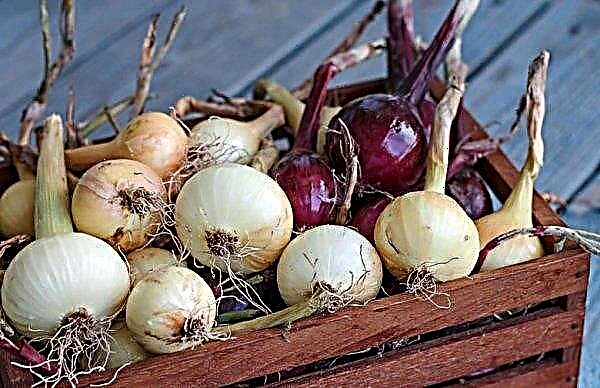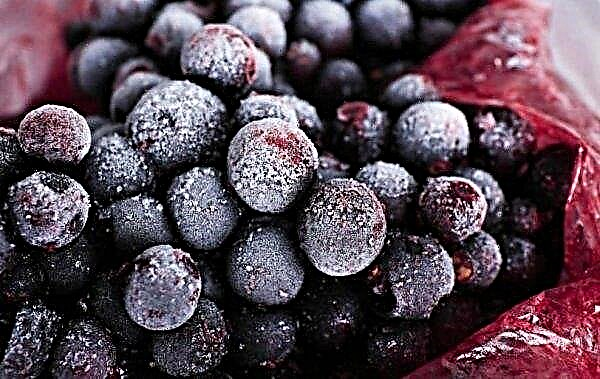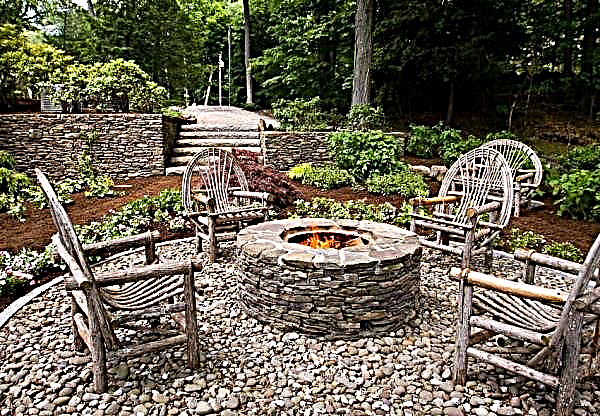Tobacco Dubek is characterized by a pronounced aroma and unpretentious to growing conditions, which ensures its popularity in the market. Features of its varieties and the basics of agricultural technology, as well as proper fermentation and drying are described below.
The history of tobacco variety Dubek
Tobacco Dubek is a plant from the foothills of the Southern Crimea, a local version of Turkish Basma. It belongs to the oriental type and has a characteristic aromaticity, which is why it is often used in tobacco blends. In the Crimean region, tobacco has been known since the end of the 17th century, and in the 20th century research and breeding work was carried out at the Autsky experimental station (Yalta), which was later transformed into the Yalta stronghold of the Crimean zone experimental station of the All-Union Institute of Tobacco and Shag.
Description of the variety and regions of cultivation
Dubek is grown in Turkey, the countries of Central Asia and in the south of Russia, in Macedonia and Greece.
The plant belongs to the mid-season type and has the following biological characteristics:
- average height 80–100 cm;
- the shape of the bush is cylindrical or ellipse;
- 32 green leaves up to 15 cm long (with irrigation up to 25 cm), pressed or sticking out;
- the shape of the sheet is elliptical;
- the surface of the sheet is smooth or slightly expanded, with a thin midrib;
- flower with a sharp bend into the funnel.

Dried leaf turns lemon yellow (in some regions, orange-yellow). The small size allows you to dry the plant with a whole bush.
Dubek is characterized by increased drought tolerance. It fully reveals the aromatic potential only on sandy soils in regions with a dry climate. The variety cannot tolerate artificial fermentation and requires one year aging for the best quality.Did you know? The name Nicotiana received tobacco in honor of the French ambassador to Portugal, Jean Nico, who brought the snuff mixture from Spain to Paris. Subsequently, it was used by Karl Linney and became the formal author of the scientific name.
Varieties of tobacco Dubek
Over the long history of cultivation, several varieties of the variety have been developed that have excellent taste and aroma.
Dubek piedmont
One of the most promising and young variations, combining the properties of Dubek 33 and New. Demonstrates excellent aromatic qualities and high productivity, despite the smaller size. There is an increase in the leaf plate with thickened landings according to the scheme of 50 × 10 cm. On the bush, you can get 32 technical sheets. Ripening period is average, resistant to drought and gout.
Dubek is new
The variety was obtained by crossing Dubek 44 and large-leaf October 6. As a result, the plant increased productivity, retaining aroma, and it was also easier to harvest. The variety is up to 120 cm tall. The leaf is leafless, 43 × 25 cm long. The variety is resistant to tobacco mosaic and gout. Maturation of the upper leaves occurs on 94–125 days (late). On the bush, you can get 16-14 technical leaves. Landing pattern 70 × 20 cm.
Dubek 2023
Early variety up to 140 cm high. Leaves brighten when ripe, about 18 working leaves grow on a bush.
Dubek 1118
The variety is almost identical to the above variety 2023, but its leaf plate is coarser.
Dubek 44N
Dubek subspecies 44 with highly aromatic leaves of medium ripeness. Plate size 35 × 18 cm (32 sheets). Height is up to 150 cm.
Dubek 50
The variety has been known since 1981 and was obtained as a result of the hybridization of Dubek 127 and American 324. The plant has a height of up to 80 cm and 15-16 technical leaves with the largest leaf surface (290 cm²). The variety has a late ripening period (131 days) and resistance to powdery mildew, black rot, thrips and peronosporosis, gout. Landing pattern 70 × 17.
Tobacco planting at home
The plant is grown through sowing seeds both directly in the soil and through seedlings. The first option is used in the southern regions, and seedlings are prepared in places with a cooler climate.
Did you know? Nicotine dulls the feeling of hunger, so from the middle of the 19th century, in many armies, part of the bread was replaced in the soldiers rations with tobacco.
Seed and soil preparation
Tobacco seeds have good germination. Due to their very small size, they are often combined with sand for ease of sowing.
The soil for seedlings must be fertile and disinfected potassium permanganate solution or calcination. You can buy ready-made soil in the garden center.
Sowing and seedling care
The optimal time for planting crops for seedlings is the beginning of March. In a shallow container, they place the earth and level it well, leaving a side 5–10 cm high.
The sowing algorithm is as follows:
- Moisturize the soil mixture from the spray gun.
- Fill a paper cone with seeds or evenly distribute them on the surface of the earth manually.
- Seeds are left on the surface or slightly pressed into the ground and covered with a film. The film should be stretched above the ground to the height of the side. You can use a sheet of glass.
- The container should be exposed to a warm place (temperature + 23 ... + 28 ° C).
Video: planting tobacco seeds
Crops need short ventilation, twice a day for 5 minutes. Provided that the seeds are of good quality, seedlings may appear already for 2-3 days. In order for the sprouts to get used to the air in the apartment, you need to open the container gradually, over the course of a week.
Watering seedlings is carried out with warm water from a spray bottle or through a tray. After the appearance of 2 real leaves, tobacco is planted in separate cups, watering the plants abundantly half an hour before. After picking, seedlings need protection from direct sunlight, and after 10-12 days, they are first fed with complex mineral fertilizer. Before planting in open ground, seedlings should be hardened starting to expose her to the open air a week before landing.
Bed preparation
Tobacco should be grown where plants of the Solanaceae family did not grow before. The sunny area should be flat, with sandy or light loamy type earth. Every year, the bed should be moved to a new place, returning to the old after 3 years.
Important! The best precursors for tobacco are legumes or siderates.
Planting seedlings and sowing in open ground
Seedlings are planted when the threat of freezing frost disappears, around May. The planting scheme is selected in accordance with the type of tobacco. Seedlings are transferred from a glass to a hole and sprinkled with earth, deepening to the first leaves.
Sowing seeds in open ground is performed at the same time. Shallow grooves are carried out on the bed, since the seeds left on the surface can blow off the wind or peck the birds. It is better to fill the crop with a mixture of earth and sand.
Features of tobacco care at home
Planted seedlings show active growth 2 weeks after transplantation. To get a quality product, you must adhere to the rules of agricultural technology described below.
Watering and feeding
Tobacco does not like waterlogging, reacting to such conditions with a decrease in aroma. A sign of lack of moisture will be lethargy of leaves in the morning or evening, while during the day some lethargy is considered normal.Depending on the weather, plants may need up to 2-3 waterings during the summer. 6–8 liters of water will be enough for one bush.
Top dressing is performed 3 times per season. The best food for the beds will be cow dung and bird droppings.You can also use mineral mixtures, controlling the amount of potassium - an excess of this element can give tobacco an unpleasant odor.
 The first top dressing is performed 14 days after transplanting seedlings, the second - with a bush growth of 20 cm, the third - during flowering.
The first top dressing is performed 14 days after transplanting seedlings, the second - with a bush growth of 20 cm, the third - during flowering.
Weeding and stepsoning
Until the plants reach a height of 50 cm, all weeds must be destroyed. You should also maintain the earth loose.
Stepchildren break out by hand when they grow to 3-4 cm. The central peduncle is removed along with several upper leaves. This technique will provide early ripening by preserving the nutrients. When the seedlings give new leaves, the first lower leaves will begin to turn yellow, so it is advisable to remove them.
Diseases and Pests
The most dangerous for this culture are the following pests:
To protect against most pests, the plant is treated with a solution of dry tobacco leaves (500 g of leaves per 10 liters of hot water, insist 3 days). Various insecticides are also used, according to the instructions.Tobacco plantings are often affected by the following diseases:
- powdery mildew - manifests itself in spots with powdery coating and causes inhibition of growth and loss of foliage quality;

- black rot - It is dangerous both for seedlings, and for adult bushes. The leaves fade and dry, the roots turn black and die;

- mosaic - Covers leaves with light green spots, which then die off.

Effective preventive measures to reduce the likelihood of a disease are maintaining the planting pattern and seed quality, observing crop rotation principles.Important! All diseased plants should be destroyed immediately to prevent the spread of the disease.
Tobacco collection and processing
Tobacco is removed in the stage of technical ripeness, when its growth stops, and the leaves lighten.Cleaning is carried out before the dew or after drying, starting from the lower tier. The leaves are strung on a rope, preventing their contact with each other, and subjected to drying in the sun. The process takes about 2 weeks, while the raw materials should be protected from wind and rain.
Dry leaves are fermented, which reduces tar and nicotine, reveals the taste and aroma of tobacco. At home, use an oven.
The process goes like this:
- After drying, the leaves are moistened from a spray bottle and a pile is formed from them, which is covered with a film and left for a day.
- By opening the stack, the leaves are freed from the central core. If the plate is too wet, it should be dried a little before cutting.
- Leaves are cut into strips 2 mm wide. You can use both a knife and a noodle cutting machine.
- The cut is folded into glass jars, filling them by 75%, then the jars are closed.
- Banks are placed in an oven at a temperature of + 50 ° C and left for a week.
- When the fermentation is over, the product is poured out and dried again, after which it is folded into a sealed container.

Observing the above recommendations, Dubek tobacco can be grown on a personal plot and used independently or in smoking mixtures. The drying and fermentation process significantly affects the quality of the final product.





